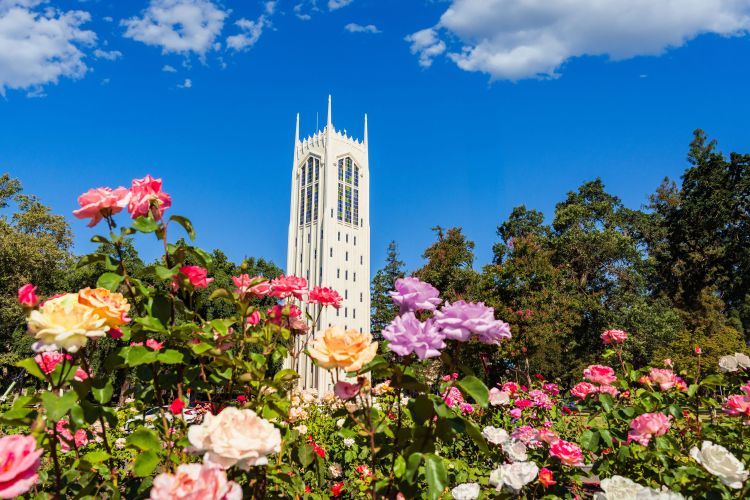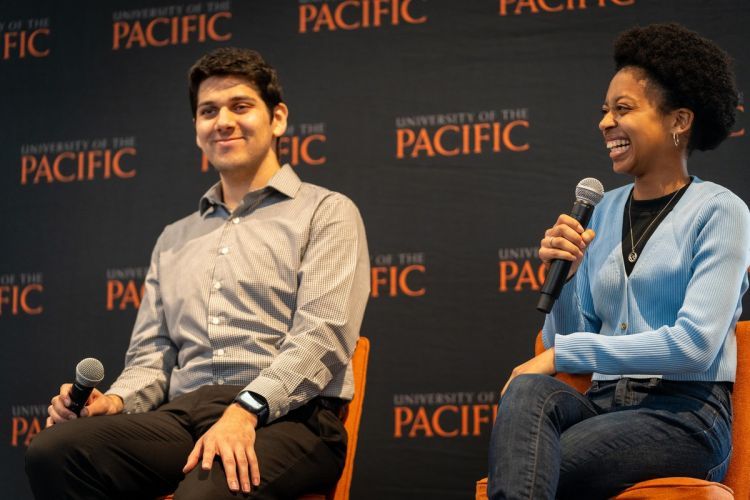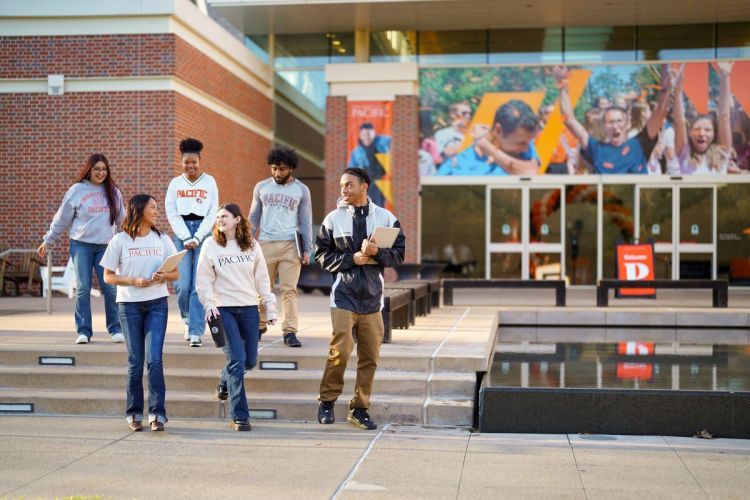Breadcrumb
Pacific receives grant to study the feasibility of a two-year college on campus

University of the Pacific is one of seven universities awarded grants to study the feasibility of adding a two-year college to their current campuses.
The cohort of universities will work with the non-profit Come to Believe Network, which promotes an innovative, two-year college model designed to increase under-represented students’ access to higher education institutions. Students in the college would earn an associate degree.
Two other West Coast Conference schools–University of San Diego and University of Portland—also received seed grants along with Canisius University in Buffalo, Holy Cross College in Notre Dame, Indiana, Xavier University in Cincinnati and Mount St. Mary’s University in Los Angeles.
Loyola University in Chicago and University of St. Thomas in St. Paul already have created two-year colleges based on the network’s design.
“The idea is to create new pathways and more opportunities for students to higher education,” said Mary Lomax-Ghirarduzzi, Pacific’s vice president for diversity, equity and inclusion and professor of communication. Lomax-Ghirarduzzi is leading a team to explore the feasibility of a two-year school at Pacific.
Each participating institution will assemble a design team reflecting a cross section of the university community. Team members will represent various departments and perspectives across campus, including enrollment, advancement, student life, faculty and more.
During the fall semester, design teams will attend virtual retreats and visit the existing colleges: Arrupe College at Loyola University in Chicago and the Dougherty Family College at University of St. Thomas in St. Paul, Minnesota.
During spring of 2024, design teams will conduct comprehensive analyses to evaluate their capacities as potential host institutions for a new two-year college.
“All of these institutions have an impressive track record of delivering high-quality educational opportunities for their students and their communities,” said Steve Katsouros, president and CEO of Come to Believe. “They are also dedicated to leading the way as agents of access, affordability and social mobility within higher education.”
Lomax-Ghirarduzzi said there will be a period of discovery followed by a deep look at the potential of such a project.
“By May of 2024, we should know whether this is a possibility,” she said. “The program is innovative and challenging in its design, and a way to potentially respond to the changing demographics of our nation.”





